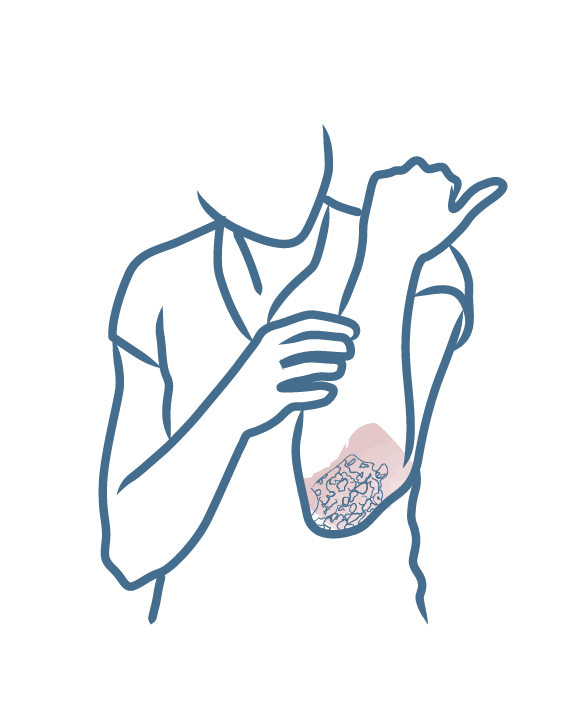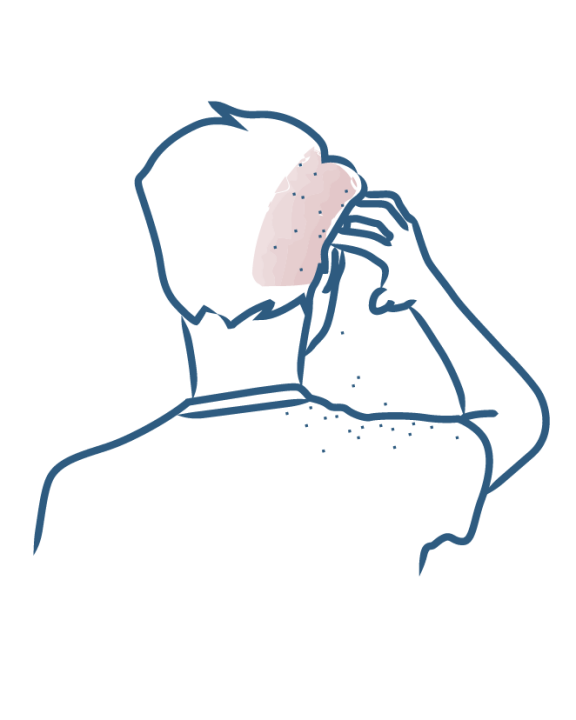Psoriasis treatments

Phototherapy to manage psoriasis
Phototherapy has been part of the therapeutic arsenal in psoriasis for many years. It consists in projecting ultraviolet rays (known as UV) onto the skin to reproduce the beneficial effects of the sun on psoriasis, essentially through anti-inflammatory and immunosuppressive action. There are various protocol types depending on the UV light used (UVA and/or UVB). In all cases, a controlled dose is administered.
An effective solution
Phototherapy is effective against different forms of psoriasis, whether widespread or not, and is most often used in combination with local treatments: topical corticosteroids, vitamin D derivatives, etc.
Exactly how does it work?
How does it work in practice? Sessions only last a few minutes and take place in a dermatology office or department equipped with a phototherapy booth. It’s nothing like going to the "tanning booths" available in stores or in some beauty salons. Phototherapy is performed under medical supervision, with 2 to 3 sessions a week for several months, for example in winter when there is less sunshine outside.
Because of its adverse effects (skin aging, eye damage, skin cancer, etc.), phototherapy as a treatment for psoriasis is mainly administered to adults and sessions cannot be too long or repeated too often.
Phototherapy is an effective treatment for psoriasis but it does not work for everyone. It is just one among a range of options and it can help some patients, but it is administered on a case-by-case basis. It is sometimes difficult to follow phototherapy treatment for psoriasis for logistical reasons: geographical distance, working hours, etc.
Typically, after each session, skin is slightly more tanned: a guaranteed healthy-glow effect! However, excess exposure to UV must be avoided: between each session, wear protective clothing, sunglasses and regularly apply a high-protection sunscreen.
More information
- Discover Hydrotherapy to relieve psoriasis
Psoriasis treatments
Hydrotherapy to relieve psoriasis
- Discover Local therapies to treat psoriasis
Psoriasis treatments
Local therapies to treat psoriasis
- Discover Biotherapies to treat psoriasis
Psoriasis treatments
Biotherapies to treat psoriasis
- Discover Homeopathy treatments for psoriasis
Psoriasis treatments
Homeopathy treatments for psoriasis
- Discover Natural psoriasis treatments
Psoriasis treatments
Natural psoriasis treatments
- Discover Essential oil treatments for psoriasis
Psoriasis treatments
Essential oil treatments for psoriasis
Our care routines
Psoriasis-prone skin
Dermatological expertise
To better understand your skin and hair, discover our exclusive content and innovative care products designed to improve your quality of life..


